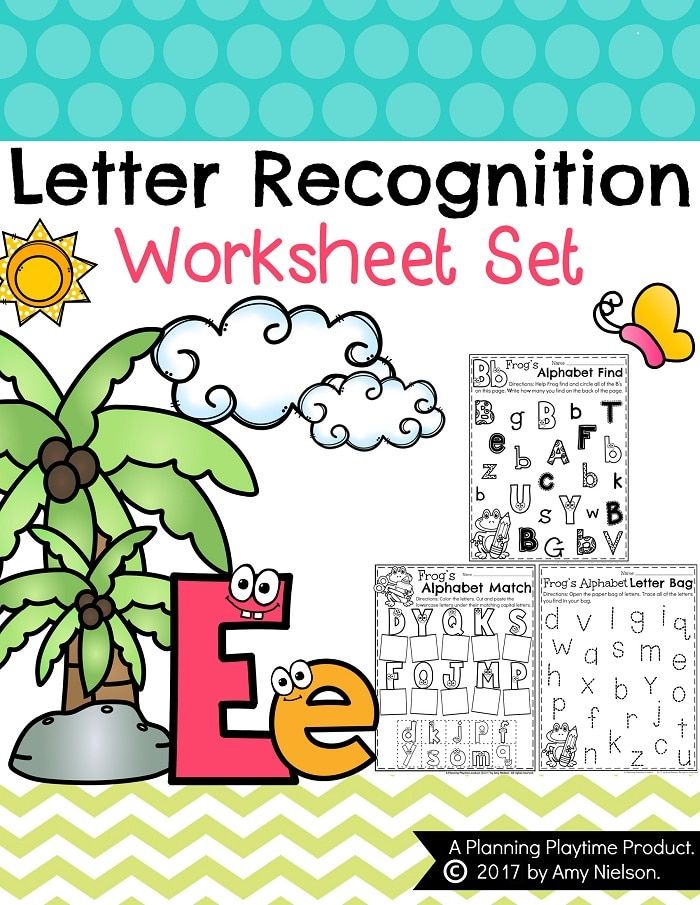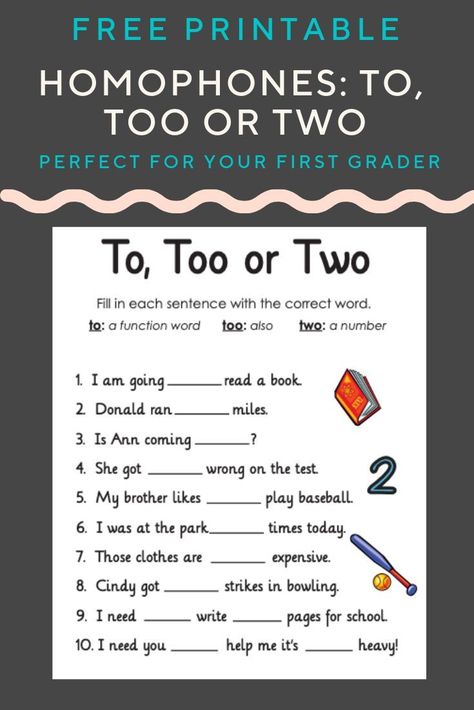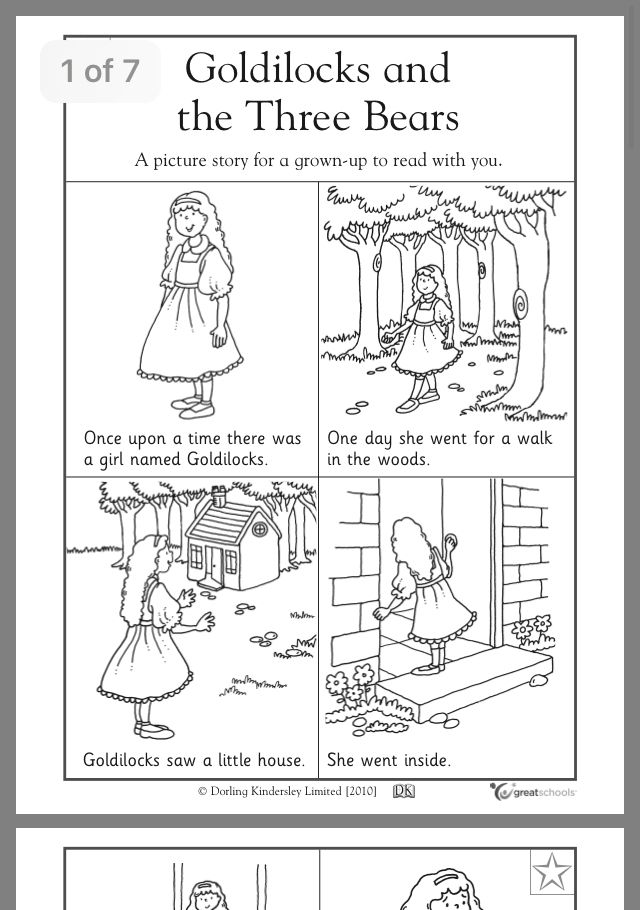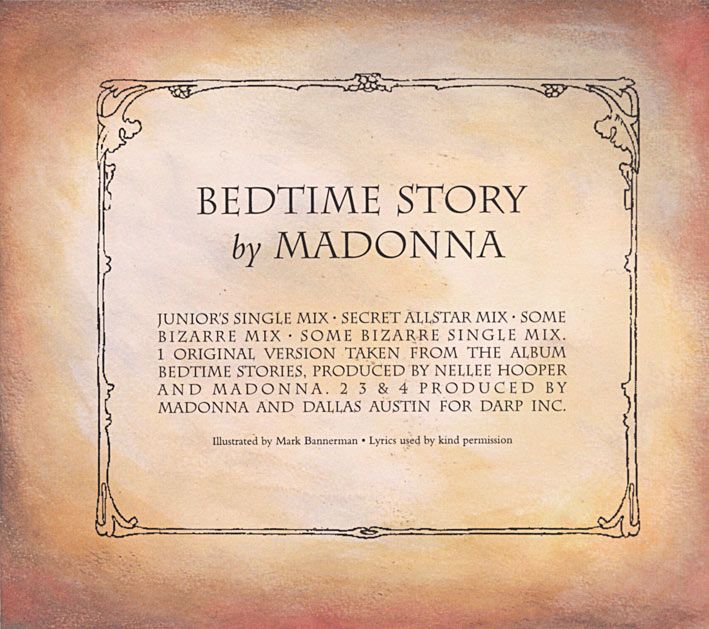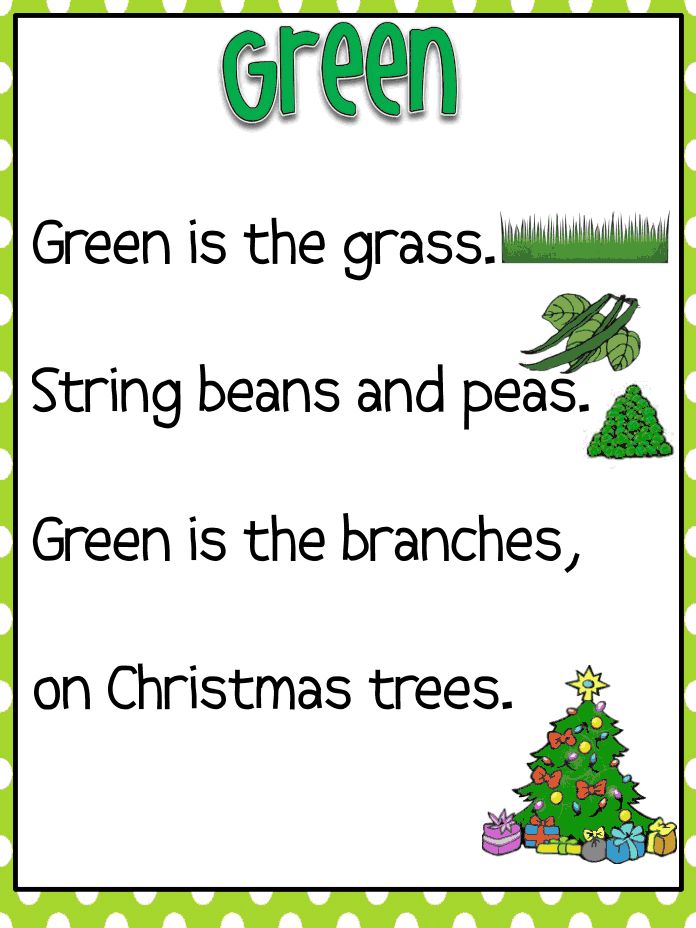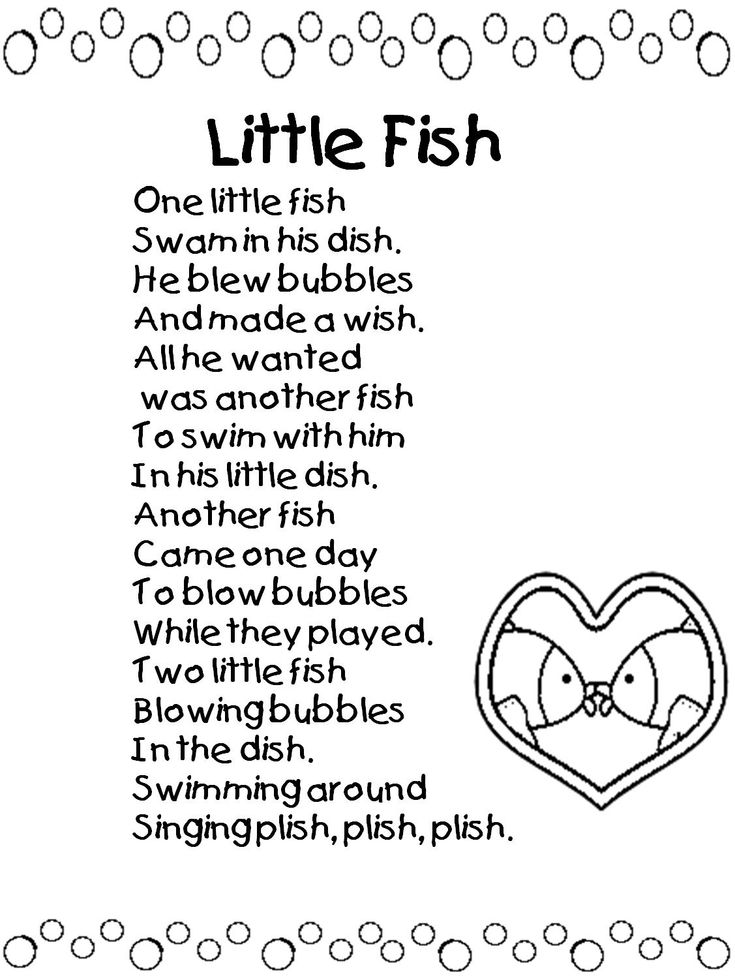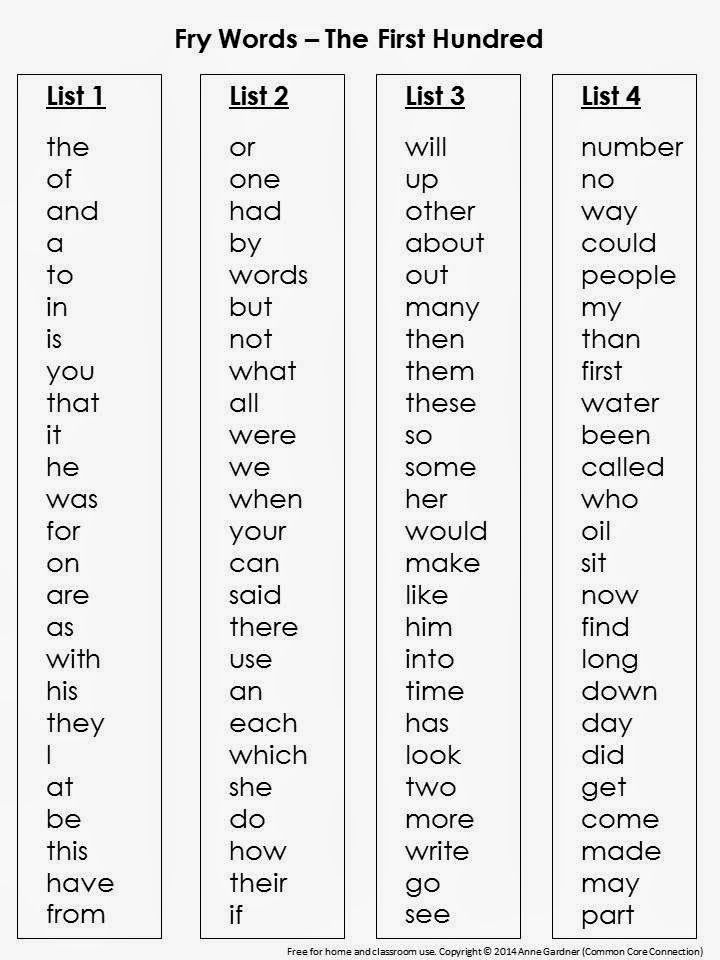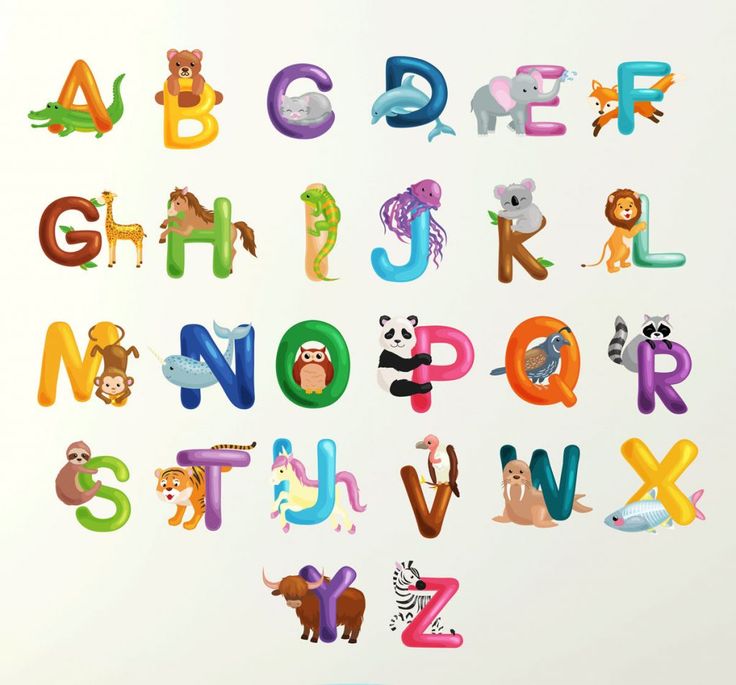Letter for recognition
6 Sample Employee Recognition Letters [+ Tips on How to Write One]
An employee recognition letter is a perfect way for employers to thank their employees for their hard work and contributions to the organization.
Reminding a coworker, team member, or senior manager that their contributions are noticed and appreciated is an excellent way to foster positive sentiment and boost employee motivation.
Adding to that thought, here is a detailed guide on the art of writing recognition letters for employees.
What is an employee recognition letter?
A recognition letter is a document sent to an employee to thank them for their hard work and positive contributions. You could send a letter to appreciate an employee's role in a project or assignment or recognize attributes such as ownership, empathy, or honesty.
A manager or senior executive typically sends it to a team member or junior executive, but modern recognition initiatives allow peers to recognize each other. Often, such letters are also stored for mention in the recipient's formal annual or quarterly review.
Showing gratitude at the workplace goes a long way in making peers and teams feel valued. Quoting Zig Ziglar,
“You never know when a moment and a few words can have a lasting impact on one’s life.”
So, are there any specific kinds of employee recognition letters you should write? Absolutely! We have narrowed down the top six.
Sample employee recognition letters
1. Employee recognition letter for letting them know their help matters
Apart from accomplishments in a project or assignment, smaller efforts deserve to be recognized, especially when a client is difficult, or a c-suite leader from another division needs support.
It can help an employee feel important and cultivate more positive habits at work. Here is a template you can steal:
Dear <employee name>
I want to thank you for organizing and managing the last meeting with <client name> effectively.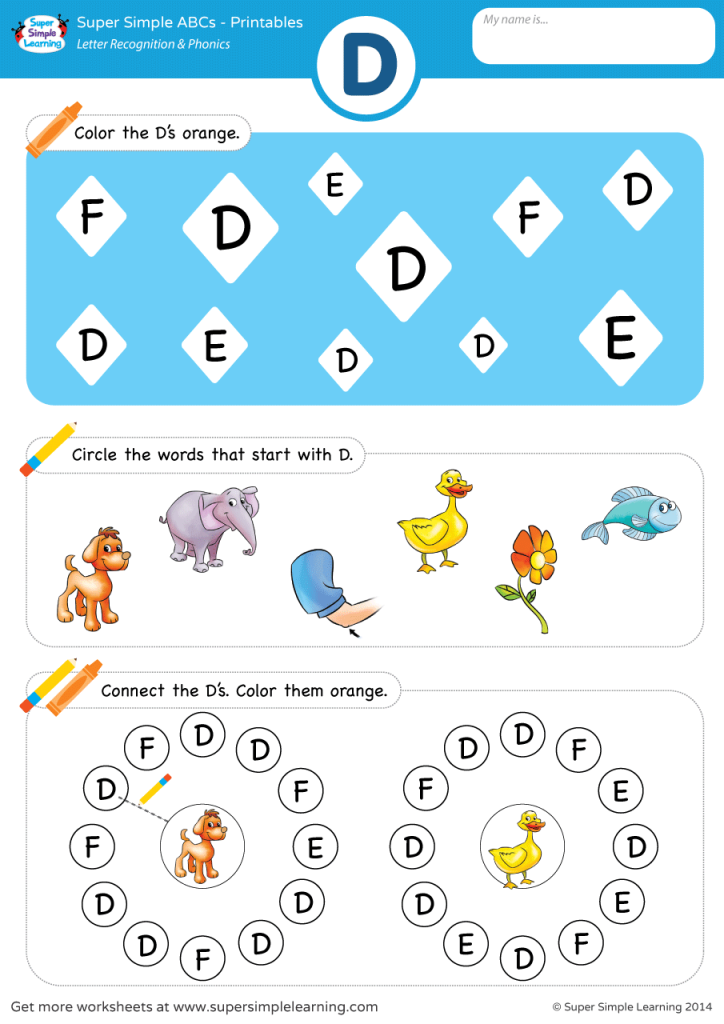
We have already received feedback from them about how seamless the interaction was and how you answered all their questions skillfully and professionally. They are keen to set up another meeting soon, and it is thanks to the positive impression you made on them. You have always been instrumental in handling our client accounts, and your passion and dedication are truly admirable. Thank you for inspiring us every day!
Warm regards
<employer/manager name>
💡
Pro tip: People flourish when their work is praised and appreciated so go ahead and put it into words.
2. Sample employee recognition letter for hard work
While this might seem obvious or even unnecessary, you should make it a point to thank your employees for their daily efforts at work. The more valued employees feel, the less likely they are to leave your team and organization.
Here is a template to use for appreciating your employee's efforts:
Dear <employee name>
I want to express my gratitude for all your hard work throughout your tenure with us.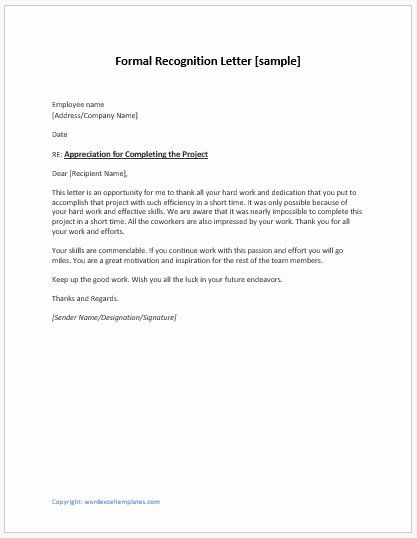
Your professionalism, positive attitude, and willingness to go the extra mile are genuinely appreciated. Employees like you help us succeed and carry us further along our journey to greater heights.
Thank you for your dedicated efforts! I appreciate them.
Warm regards
<employer/manager name>
💡
Pro tip: Share the letter with the employee's coworkers and immediate supervisors. If someone does a good job, everyone should know!
3. Recognition letter saying thanks for covering a coworker's leave
Typically, coworkers are asked to step in when a team member goes on a lengthy leave. Thanking the employee for taking up the extra duties will help them feel appreciated and build stronger workplace relations.
Here is an example:
Dear <employee name>
Thank you for putting in extra effort in taking up <colleague's name> while <he/she> was away on leave. The extra hours you put in made all the difference to the project.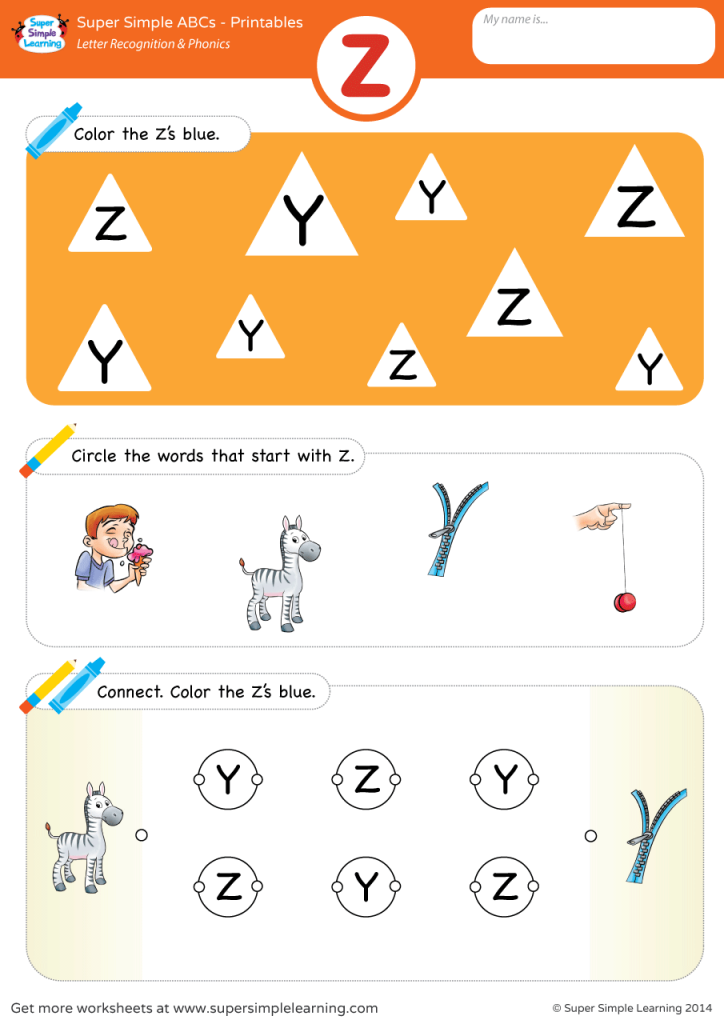
We all have a great many duties of our own to fulfill, and taking up additional workloads is hard. Employees like you keep us going with your sincerity and dedication.
Thank you once again!
Warm regards
<employer/manager name>
💡
Pro tip: Encourage every manager on the job to send such emails to employees who take up extra duties during a crisis. Such good deeds should never go unnoticed!
4. Recognition letter for an employee’s long-term contributions
Long-term employees contribute to a company's culture and brand image. By recognizing their contributions to your company, you can secure their goodwill for an even longer tenure and motivate other employees to stay longer.
Below is an email template designed to convey gratitude:
Dear <employee name>
I want to congratulate you on the <number of years> anniversary of your tenure with <company name>. Your continued dedication and efforts have been invaluable to our growth.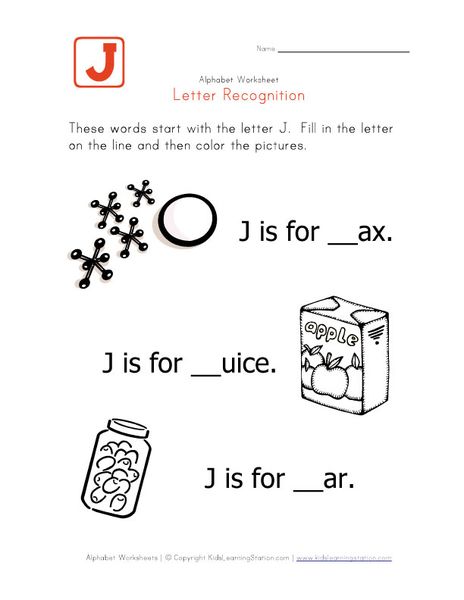
We sincerely appreciate all the times you have gone the extra mile to make things work. Seeing you evolve has been a delight, and we feel honored that you have chosen to grow your career with us.
Thank you once again for all your contributions, and I wish you many more years of success.
Warm regards
<employer/manager name>
5. Appreciation for collaboration
Often, employees from different departments need to collaborate on a project. Thanking a coworker for a pleasant collaboration experience can go a long way in fostering inter-departmental goodwill.
Your email can read something like:
Dear <employee name>
I want to thank you for a successful collaboration experience on <name/details of the project>.
Your communicativeness and proactive attitude went a long way in maintaining team relations and completing project milestones on time. It is because of your contributions that we were able to complete the project well before the deadline.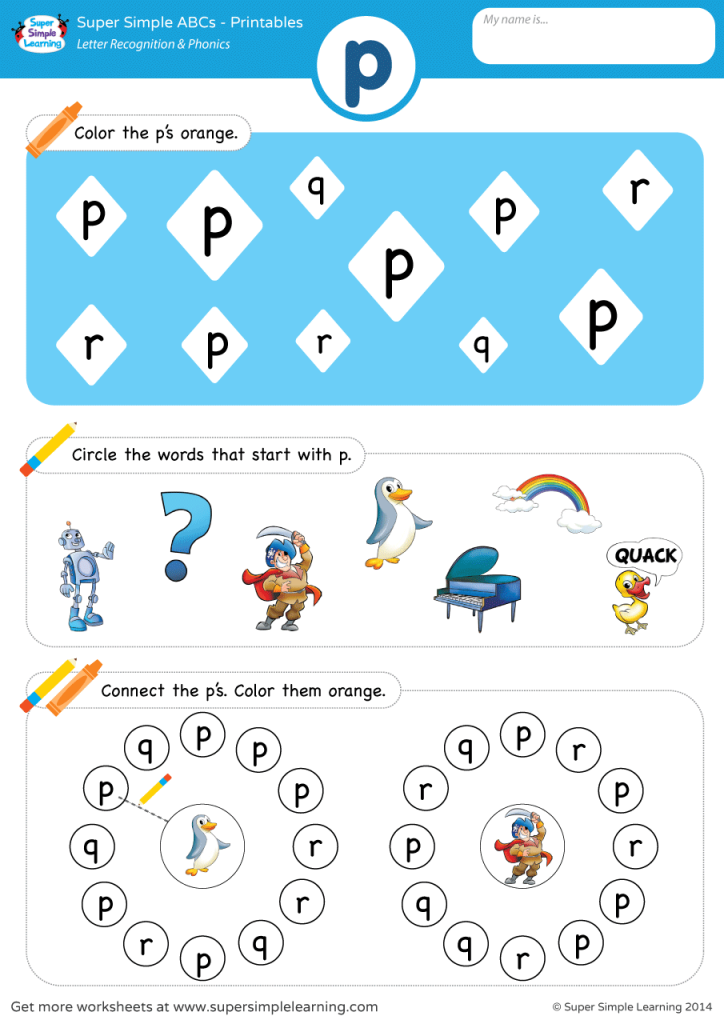 The client has given us a positive review, as well.
The client has given us a positive review, as well.
I sincerely look forward to working with you again on future projects.
Warm regards
<co-worker name>
💡
Pro tip: Such emails can make your team appear approachable, friendly, and open-minded, and that is never a bad thing!
6. Employee recognition letter for outstanding performance
Outstanding achievements and work anniversaries should undoubtedly be recognized in addition to daily efforts. A thoughtful letter of recognition on such occasions can make all the difference.
Check out how the email shared below strikes the right chord with employees:
Dear <employee name>
I would like to congratulate you on your first work anniversary at <company name>. It has been a pleasant experience having you with us.
I very much appreciate your efforts over the last year to understand and enhance our company culture, get acquainted with our clients, and meet your KPIs.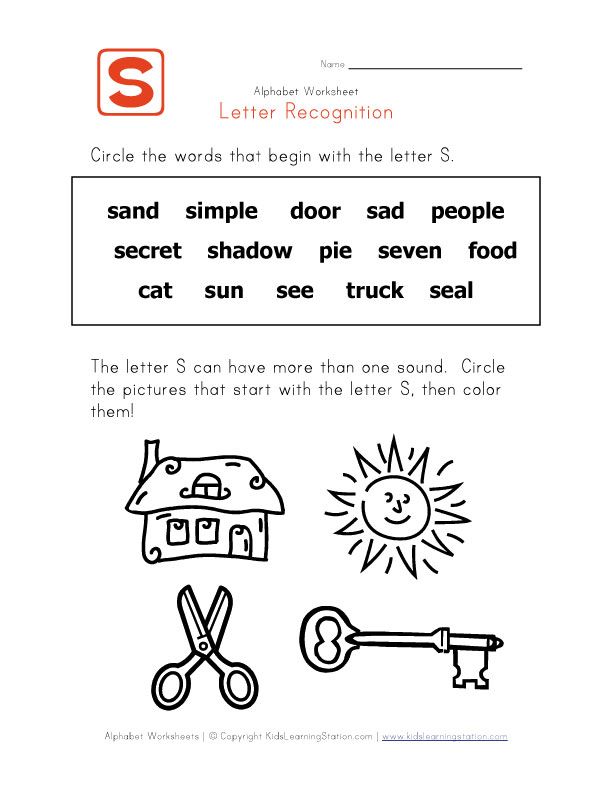
Your willingness to work extra hours and your friendly attitude towards your coworkers are genuinely praiseworthy. Our clients have shared many positive comments about you, as have your peers.
Working with you has been a privilege, and I wish you a long and successful career with us.
Warm regards
<co-worker name>
How to write a recognition letter for an employee?
We have decoded the art of writing a recognition letter and here are our time-tested tips:
1. Be specific - Ensure that the letter points out precisely what the employee has done worthy of recognition.
2. Focus on their strengths - Talk about what you find admirable about the employee's performance or attitude. This will help them know what the company appreciates and cultivate those traits further.
3. Consider the employee's future - A letter of recognition should reflect your keenness for the recipient to continue working at the company.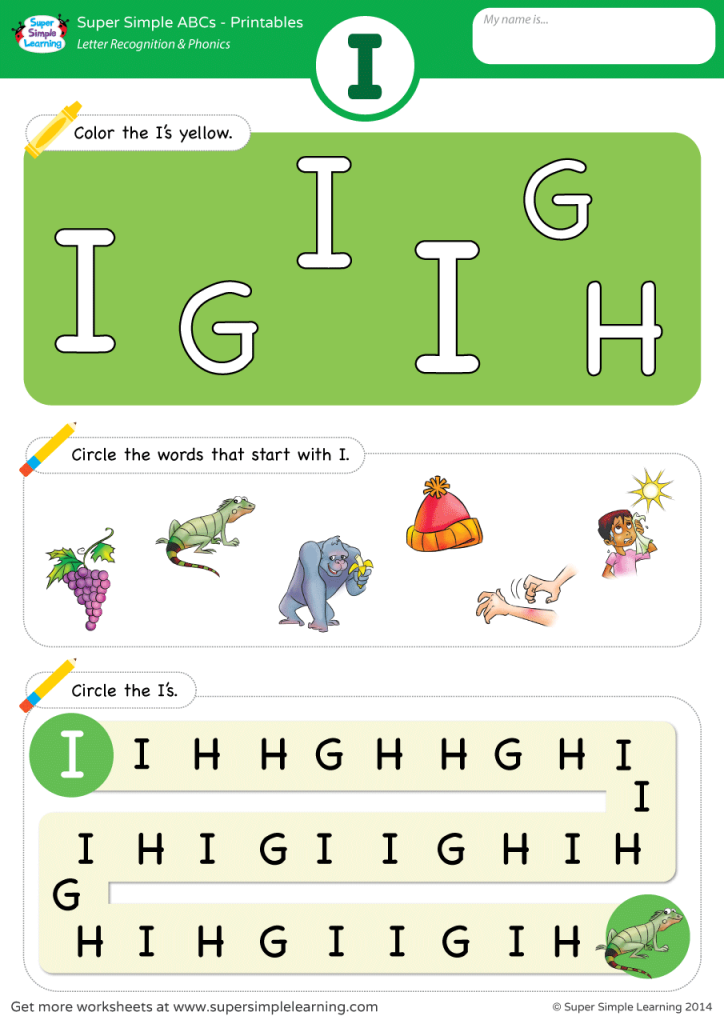 Wherever relevant, mention a promotion, a project assignment, or a salary hike.
Wherever relevant, mention a promotion, a project assignment, or a salary hike.
4. Be genuine - A letter of recognition intends to appreciate an employee's efforts and motivate them to do even more. The message should thus reflect genuine praise for a job well done.
5. Be mindful of the tone - As an employer, it is vital to maintain a professional tone throughout the letter.
Summarising employee engagement in the words of Ari Weinzweig,
“If you don’t create a great and rewarding workplace for your people, they will not do great work.”
All the best!
Simplify employee rewards and recognition with Empuls!
An easy to manage rewards and recognition platform to run effective rewards and recognition programs.
5 meaningful sample employee recognition letters
Recognizing employees is something every organization needs to prioritize. Organizations that rate their culture of recognition highly are:
- 3 times more likely to see increased employee retention.
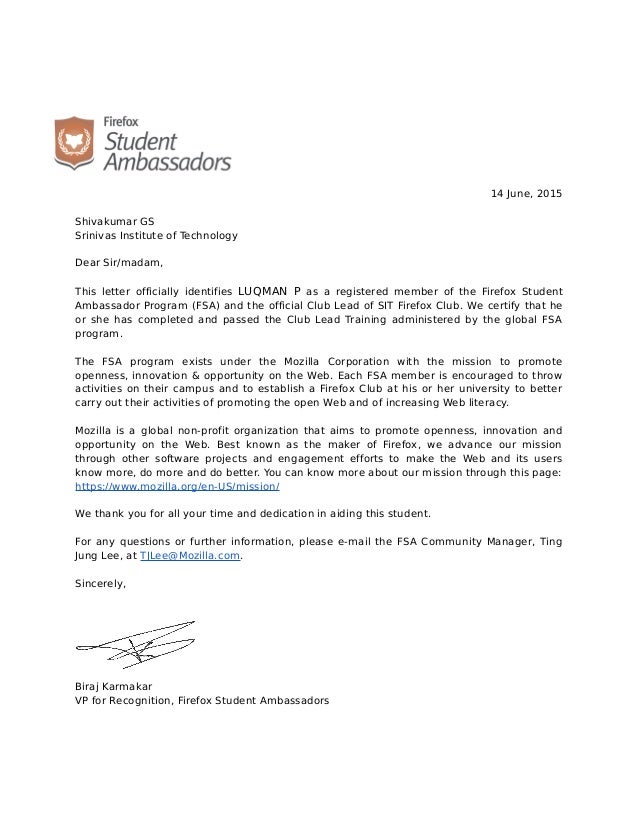
- 2.5 times more likely to see increased employee engagement.
- 2.25 times more likely to give frequent recognition.
- 79 percent more likely to give their employer brand a high rating.
But knowing how to express recognition can be difficult, especially when putting your thoughts down in writing. And that’s without taking into consideration tailoring recognition to fit the many digital channels now available. To write a great recognition letter, you need to understand why and how employees want to be recognized, as well as how to draft letters for every situation. The recommendations and examples here will get you started with providing meaningful messages of recognition in no time.
What is a recognition letter?
A recognition letter is a message of appreciation sent to an employee. It can be anything from sharing a note of thanks, acknowledging a recent win, or sending a message of congratulations. And it’s one of the most effective ways to recognize employees: 85 percent of professionals want to receive thanks on a daily basis, and 36 percent of women, along with 28 percent of men, prefer that thanks to be in writing.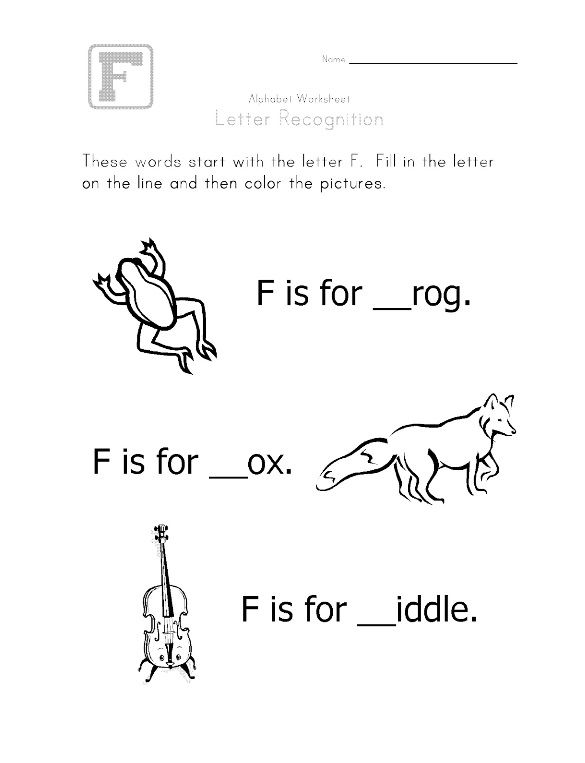
When creating a recognition letter, keep the principles of R.I.S.E. in mind:
You should also take advantage of all available tools to make writing and sending recognition messages as easy and fun as possible. For example, with an employee recognition platform, you can send recognitions in a matter of seconds and recognize multiple employees in a single message. You can even tie each recognition to a company value, which can pay huge dividends — organizations that have cultures aligned with their values are six times more successful than their competitors.
Make sure you choose an employee recognition platform that offers all the features you need to make both giving and receiving recognition a great experience.
Bonus tip: For more information on best practices for recognition, take a look at these webinars by HR expert Meghan M. Biro on the importance of frequent recognition and how to shape a culture of recognition.
5 sample recognition letters
Here are 5 sample employee recognition letters that could be sent personally as a note or publicly on your employee recognition platform.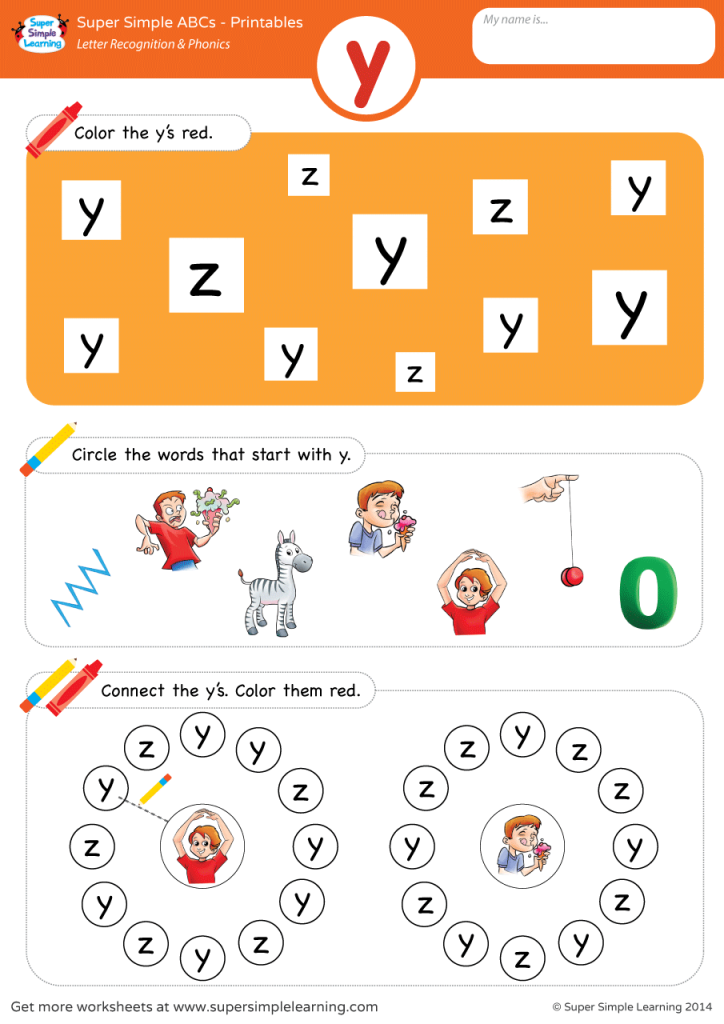 Remember to always keep R.I.S.E. in the back of your mind when writing a recognition letter, and make an effort to ensure each message is both specific and encouraging.
Remember to always keep R.I.S.E. in the back of your mind when writing a recognition letter, and make an effort to ensure each message is both specific and encouraging.
1. Recognizing a peer
Fostering peer-to-peer recognition is a fundamental part of incorporating recognition into your organizational culture. Gartner has found that peer recognition can boost employee performance by up to 14 percent. After all, peers know each other the best and have the most opportunities for showing appreciation.
Encourage your team members to recognize each other in the spirit of this example letter:
Hi Evan,
Thank you for the incredible assistance with putting the finishing touches on my presentation yesterday. The tips you provided for introducing new team members to our development platform are going to make the onboarding process much more efficient. And the technical details you provided completely changed my perspective on how to structure the tutorial on using the platform for the first time.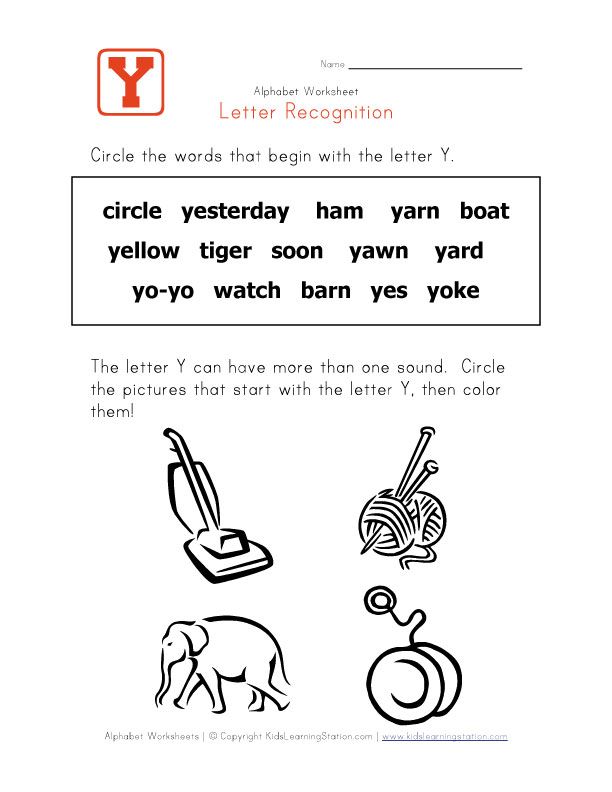 I can’t say how much I appreciate you sharing your expertise on such short notice.
I can’t say how much I appreciate you sharing your expertise on such short notice.
You’ve always been our technical guru, and your passion for your work is clear to me every day. Some people might think that “Go Beyond” is just a phrase in our mission statement, but you really live it. That means something.
The presentation was a hit with our CTO, and he’s interested in producing more training presentations for all the tools we use. I made sure to call out your contributions, and I’d love to keep working together on this exciting new project! It wouldn’t have been possible without you.
Sincerely,
Sarah
This example specifically calls out the colleague’s behavior and ties it to a company value, which helps incentivize further positive actions and build your culture. And by noting that the writer called out their colleague’s contributions to leadership, the letter builds trust and strengthens relationships between the two peers.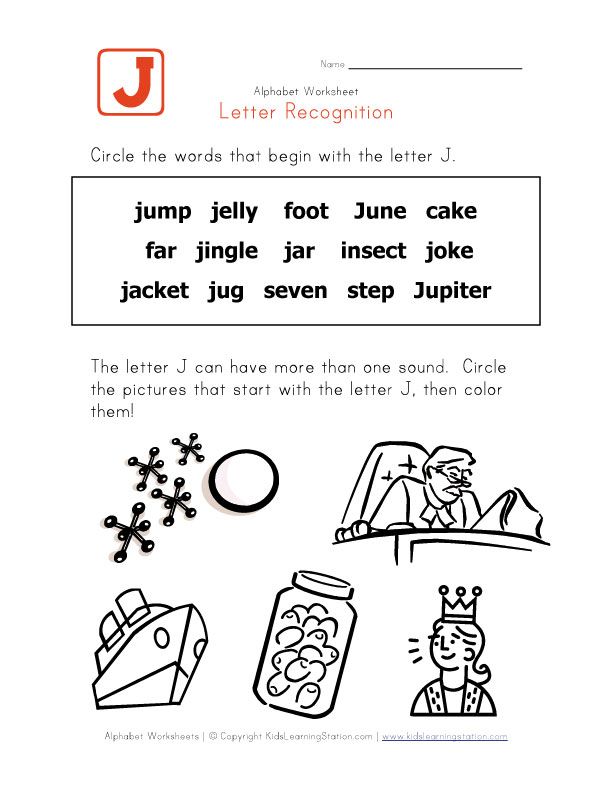
2. Recognition from managers
Managers are the individuals most employees look to for recognition, and with good reason. Your supervisor is responsible for understanding your talents and putting them to use, and seeing that they appreciate the results of your hard work is incredibly important. There’s a reason that “people leave managers, not companies” — managers are responsible for 70 percent of variance in employee engagement.
Recognition from managers is visible and serves as an example to the rest of the team. In fact, 28 percent of employees say that recognition from their manager is the most memorable, and 58 percent of employees think they would have a better relationship with their manager if recognition were practiced more frequently.
See how meaningful recognition from management can be in this recognition letter:
Hi LeeAnn,
Wow — the way you contributed in the client meeting earlier today was incredible!
I was really looking forward to how you handled taking the lead on laying out our new marketing campaign, and you knocked it out of the park. You laid out justifications in detail for each step we’d taken in their previous campaign, and your mastery of the data we’ve collected let you list the impressive results we’ve achieved clearly and concisely. Not only did you demonstrate the positive impact our work has had, you had a plan prepared that married our winning strategy to their specific concerns, and you were ready to lay it all out. I’ve never seen a team member exemplify our core value of driving success so well.
You laid out justifications in detail for each step we’d taken in their previous campaign, and your mastery of the data we’ve collected let you list the impressive results we’ve achieved clearly and concisely. Not only did you demonstrate the positive impact our work has had, you had a plan prepared that married our winning strategy to their specific concerns, and you were ready to lay it all out. I’ve never seen a team member exemplify our core value of driving success so well.
You were an absolute rock star. I’m confident that with the roadmap you laid out today with our client, we’re on the path to success. We’re lucky to have you on our team. Keep going above and beyond and big things will be coming your way.
I’m encouraging everyone else on the team to recognize you as well. I know that you’ll find a great reward in the catalog to redeem the many points coming your way!
Thanks for all that you do,
Phoebe
The letter is centered around recognizing a single achievement, and it carefully notes exactly why the employee’s actions were so successful.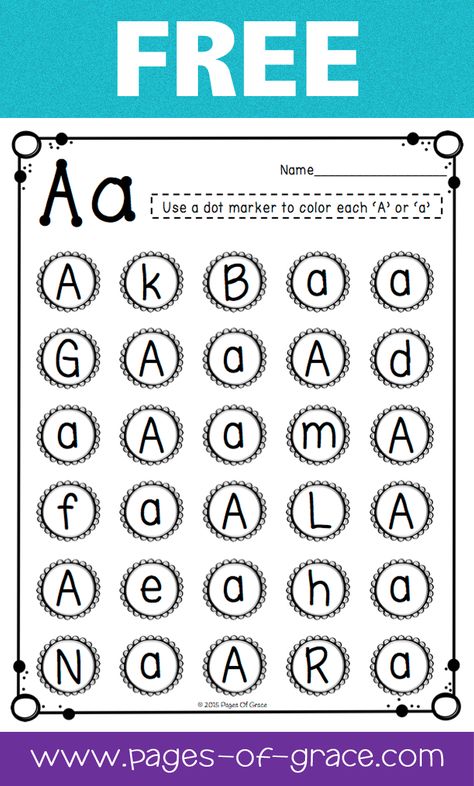 This kind of encouragement is key for keeping employees motivated and continually driving success. If your company has a points-based recognition program in place, remember to include the note above about finding a “great reward in the catalog to redeem” when including points with your recognition. This reminds team members that they have the opportunity to select a reward that actually matters to them rather than making do with yet another years of service award or branded mug.
This kind of encouragement is key for keeping employees motivated and continually driving success. If your company has a points-based recognition program in place, remember to include the note above about finding a “great reward in the catalog to redeem” when including points with your recognition. This reminds team members that they have the opportunity to select a reward that actually matters to them rather than making do with yet another years of service award or branded mug.
3. Recognition from the C-suite
Leaders should prioritize recognition to serve as an example for team members throughout the organization. And recognition from the highest levels of leadership is the most visible and has the greatest impact: 44 percent of employees most value being recognized by leaders above the supervisor level.
Here’s a real-life example of a meaningful recognition letter from the C-suite recently drafted by Achievers’ CEO and President, Jeff Cates.
Jeff sent the recognition above to all employees on Aspire, Achievers’ recognition program, through a company-wide newsfeed. Note how it clearly prioritizes the health and well-being of all team members — exemplifying Achievers’ core principle of “It’s the People” — and focuses on how leadership can support the rest of the organization, rather than the reverse. Using a recognition platform makes it easy for all employees at Achievers, including the C-suite, to recognize other team members daily.
Note how it clearly prioritizes the health and well-being of all team members — exemplifying Achievers’ core principle of “It’s the People” — and focuses on how leadership can support the rest of the organization, rather than the reverse. Using a recognition platform makes it easy for all employees at Achievers, including the C-suite, to recognize other team members daily.
4. Recognizing a milestone
While recognition should be a daily occurrence, that doesn’t mean that recognizing milestones and anniversaries is unimportant. Showing employees that your organization appreciates their major achievements makes all the difference and makes employees feel noticed. You can even consider providing this recognition in the form of a digital celebration card that allows all team members to add special messages or even fun images and GIFs.
Take a look at this thoughtful message recognizing an important milestone:
Hi Bill,
Congratulations on your first work anniversary as an Account Manager.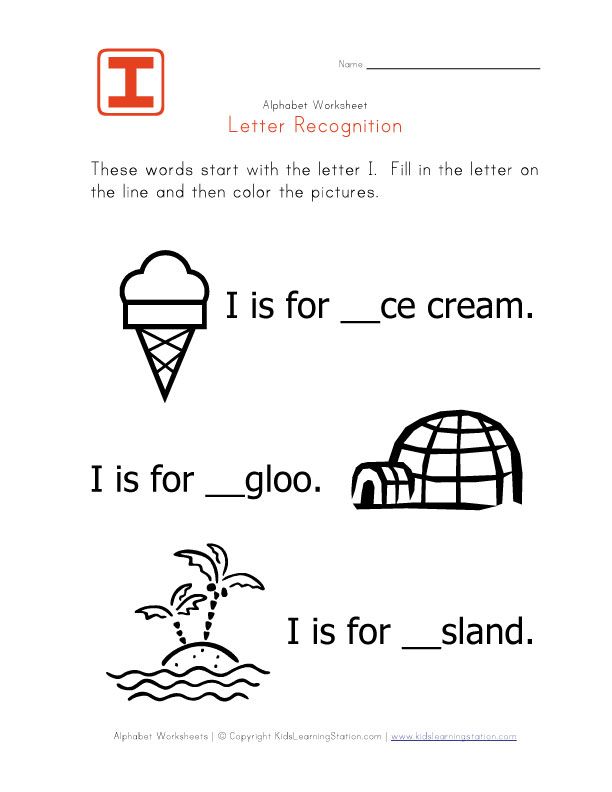 I wanted to take a moment to let you know that I’ve noticed and appreciated your excellence in the role so far.
I wanted to take a moment to let you know that I’ve noticed and appreciated your excellence in the role so far.
I had worked with you previously as an analyst on many client accounts, so I knew that you were well-suited for this new position. I’ve seen you adjust to your new focus on client success and satisfaction quickly and adeptly. And I’ve heard the many positive customer comments in the meetings we’ve both been in. Serving with you on our product committee has also allowed me to see that you’re as eager as ever to take on additional responsibilities. In particular, I really appreciated your help with identifying and resolving inefficiencies in the company’s sales handoff process, which I think will have a big impact across the company for years to come.
It’s been a privilege to work with you during the last year, and I’m looking forward to seeing you continue to do great things here.
Best,
Lacy
This message of recognition is appropriate for anyone, whether they’re a colleague, manager, or even an executive. It’s important to take a comprehensive look at all the accomplishments related to the milestone while still taking the time to zoom in on some specific details. This example is also encouraging and highlights the parties’ joint involvement in a committee, which shows that the author truly appreciates her connection with the recipient.
It’s important to take a comprehensive look at all the accomplishments related to the milestone while still taking the time to zoom in on some specific details. This example is also encouraging and highlights the parties’ joint involvement in a committee, which shows that the author truly appreciates her connection with the recipient.
5. Recognizing a new hire
Recognition should be part of the entire employee experience, starting from the day someone joins the organization. Prioritizing culture when hiring and during the onboarding process helps positively shape an employee’s thoughts and feelings about their new employer. You then need to get team members involved with giving and receiving recognition as soon as possible so they understand this important part of your company culture. Including them in this important company practice will create a sense of belonging and connection that improves employee engagement and helps counter modern trends of disconnection.
Provide your recent hires with recognition letters like these early and often:
Hi Kelsey,
You’ve only been with us for a couple weeks, but I’m already seeing your impact here on a daily basis. You’ve excelled in training, and your quick grasp of your responsibilities has paid early dividends. Your work yesterday debugging the latest version of our email marketing tool was especially impressive and helped us roll it out earlier than anticipated.
You’ve excelled in training, and your quick grasp of your responsibilities has paid early dividends. Your work yesterday debugging the latest version of our email marketing tool was especially impressive and helped us roll it out earlier than anticipated.
But it’s not just your work — your attitude and fit with the team are exceptional. I’ve noticed that other new team members are coming to you frequently with questions, and their trust in you speaks volumes. I also really appreciate you joining the celebration planning committee and taking an active role on it. Living by our values of teamwork and community will take you far.
If there’s anything I can do to help you as you’re progressing in your first year here, please don’t hesitate to reach out. Thanks again for hitting the ground running.
Sincerely,
Tyler
It’s never too early to start recognizing a new employee. You can even consider sending a message within the first day or two to start incentivizing behaviors you’ve noticed and want to see more of.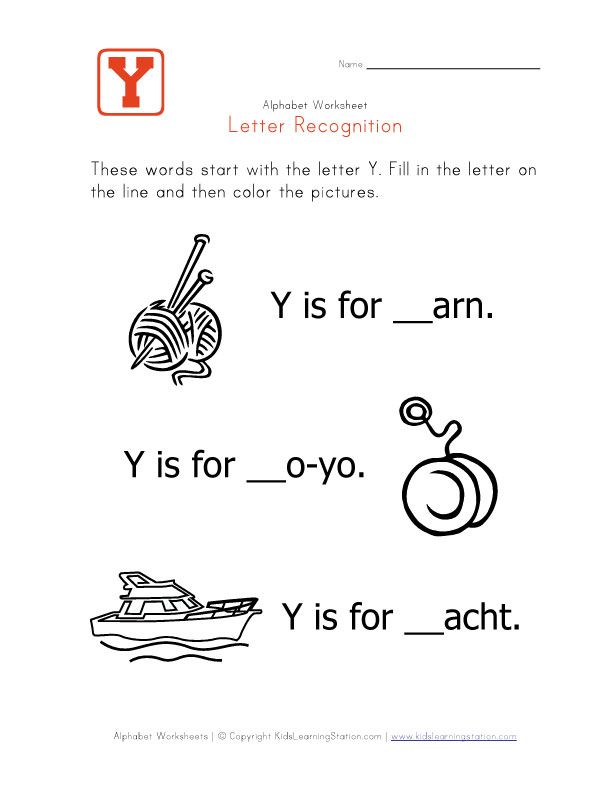 The letter above calls out specific positive actions and offers the support new hires need to excel.
The letter above calls out specific positive actions and offers the support new hires need to excel.
Make recognition easy with the right platform
Social recognition is an integral part of any recognition program. According to a recent Achievers survey, nearly one in three Americans want recognition from a manager or colleague, whether it’s personal recognition or public recognition. And the best way to provide timely, frequent messages of recognition is by using an employee recognition platform like Achievers Recognize.
Achievers Recognize is an award-winning platform that all employees can use to easily send and receive social and points-based recognition from anywhere, with the goal of fostering a real culture of recognition. It features a company-wide newsfeed, digital celebration cards, and robust reporting capabilities that give HR and managers insight into recognition activity across the workplace. It also incorporates the principles of RISE by encouraging frequent recognition — team members won’t be satisfied with an annual pat on the back — and letting employees explicitly tie recognitions to company values.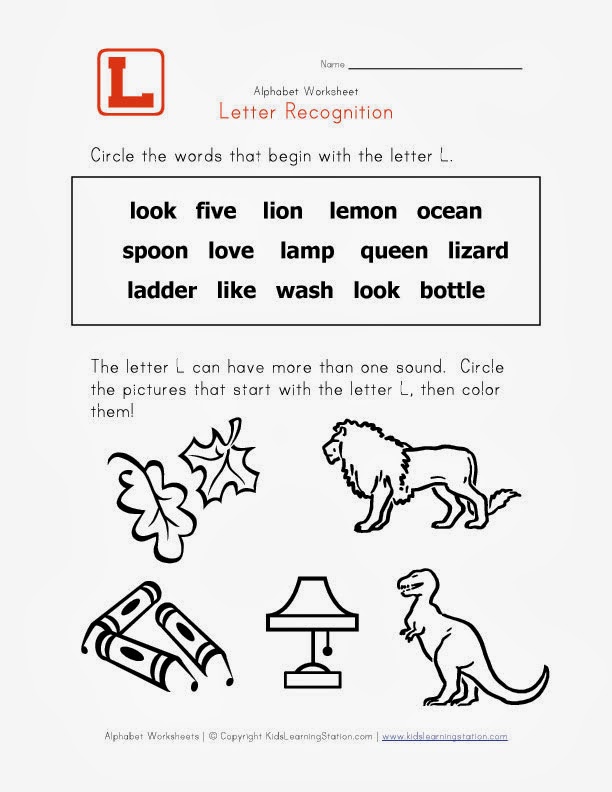
Achievers Recognize consistently beats the competition, and the data shows it. Achievers customers are:
- 107 percent more likely to give their culture of recognition a high rating than organizations that don’t use recognition technology.
- 3.6 times more likely than customers of other providers to give recognition multiple times per month.
- 2.5 times more likely to see increased employee retention.
- 36 percent more likely to see an increase in employee engagement.
Interested in making recognition easy? Take a test drive of Achievers Recognize today to get started.
Do you have any thoughts on this article? Share your comments below.
Contact Us
Privacy Policy
On the recognition in 2022 of income and expenses in the form of exchange differences from the revaluation of claims (liabilities) | Federal Tax Service of Russia
Leave feedback About the service
77 city of Moscow
Publication date: 14.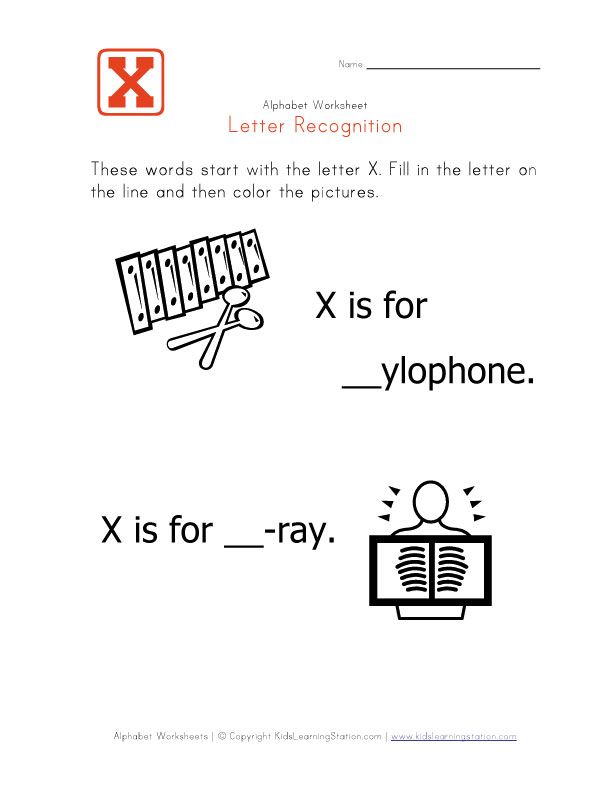 10.2022
10.2022
Recognition in 2022 of income and expenses in the form of exchange differences from the revaluation of claims (liabilities)
In accordance with subparagraph 7.1 of paragraph 4 of Article 271 of the Tax Code of the Russian Federation (hereinafter referred to as the Code), introduced by Federal Law No. 67-FZ dated March 26, 2022 “On Amendments to Parts One and Two of the Tax Code of the Russian Federation and Article 2 of the Federal Law “On Amendments to Part Two of the Tax Code of the Russian Federation” (hereinafter referred to as Federal Law No. 67-FZ), on income in the form of a positive foreign exchange difference that arose in the tax (reporting) periods of 2022-2024 on claims (obligations), including on claims under a bank deposit (deposit) agreement, the value of which is expressed in foreign currency (except for advances), the date of receipt of non-operating income is the date of termination (fulfillment) of claims (obligations) denominated in foreign currency, in case of revaluation (markdown) of which a positive exchange rate arises difference.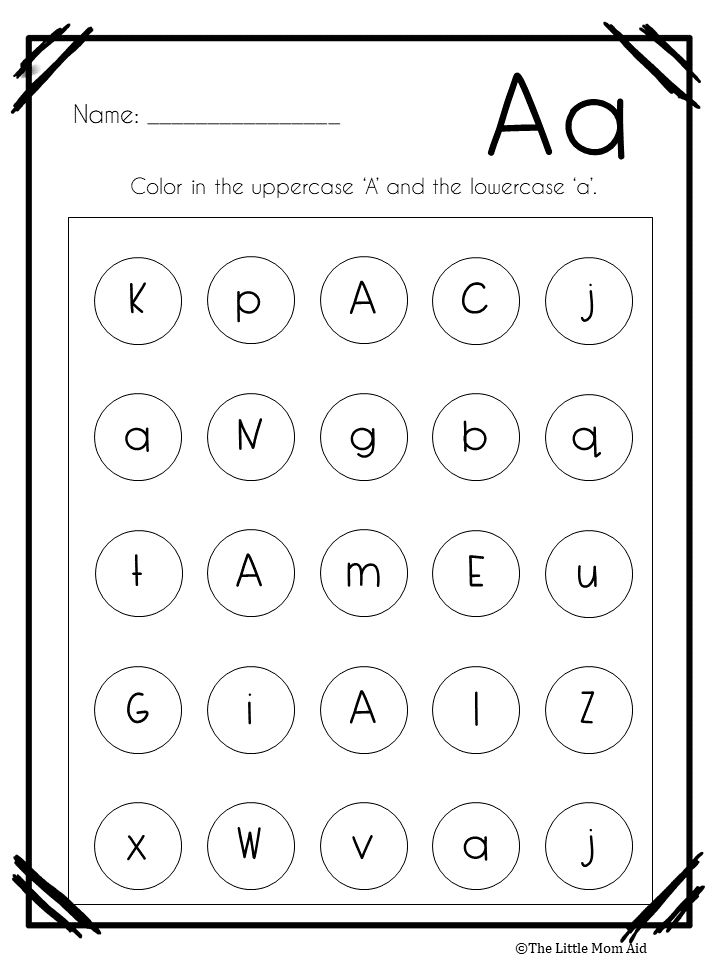 The effect of this rule applies to legal relations that arose from January 1, 2022 (paragraph 4 of Article 5 of Federal Law No. 67-FZ).
The effect of this rule applies to legal relations that arose from January 1, 2022 (paragraph 4 of Article 5 of Federal Law No. 67-FZ).
In accordance with subparagraph 6.1 of paragraph 7 of Article 272 of the Code, also introduced by Federal Law No. 67-FZ, for expenses in the form of a negative exchange rate difference that arose in 2023 and 2024 on claims (liabilities), including claims under a bank deposit agreement ( deposits), the value of which is expressed in foreign currency (except for advances), the date of recognition of non-operating expenses is the date of termination (fulfillment) of claims (obligations) denominated in foreign currency, the markdown (adjustment) of which results in a negative exchange rate difference. This provision will come into force on January 1, 2023 (paragraph 2 of Article 5 of Federal Law No. 67-FZ). Until 12/31/2022, the procedure for recognizing negative exchange rate differences in expenses continues to be regulated by subparagraph 6 of paragraph 7 of Article 272 of the Code.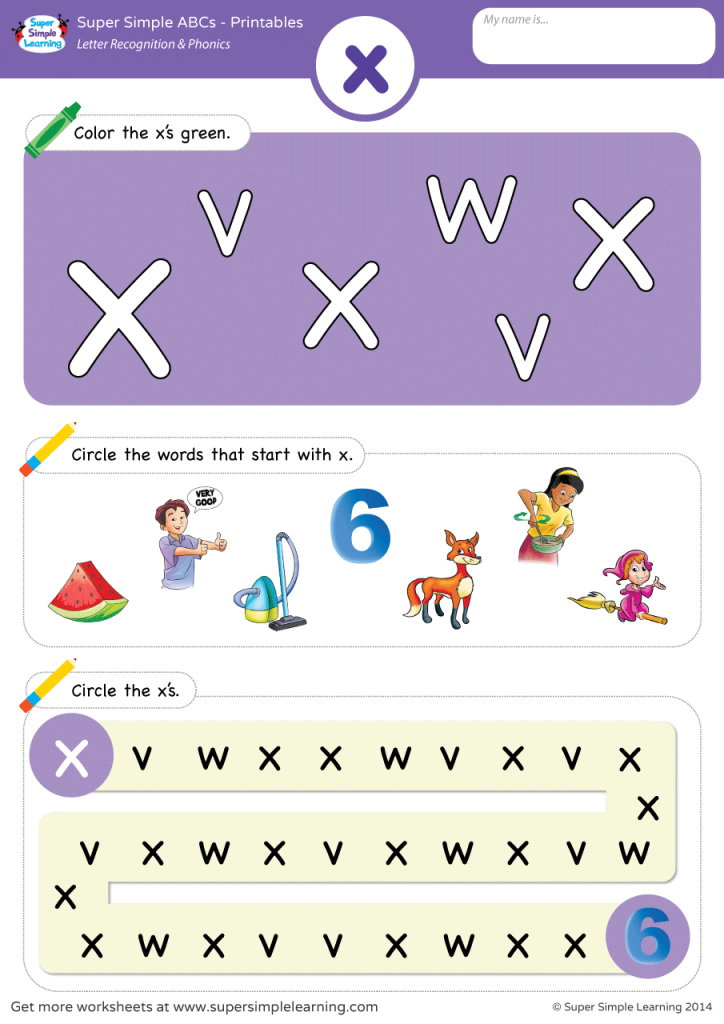
The Federal Tax Service of Russia draws attention to the fact that the above amendments to articles 271 and 272 of the Code concern only the date of recognition of income and expenses in the form of exchange differences. The norms of the Code on the procedure for their determination remained unchanged: claims (obligations) are converted into rubles at the exchange rate of the Bank of Russia on the date of their termination (execution) and (or) on the last day of the current month, depending on what happened earlier (paragraph two of clause 8 Article 271, paragraph two of paragraph 10 of Article 272 of the Code).
Therefore, positive (negative) exchange differences from the revaluation of unstopped (unfulfilled) claims (obligations), the value of which is expressed in foreign currency, should be determined on the last day of each month.
Thus, at the end of each month, the taxpayer is obliged to determine the exchange rate differences by comparing the ruble equivalent of each outstanding (unfulfilled) claim (obligation), the value of which is expressed in foreign currency, as of the last day of the current month with the ruble equivalent of this claim (obligation) as of as of the last day of the previous month or as of the date on which the respective claim (obligation) arose, depending on what happened later.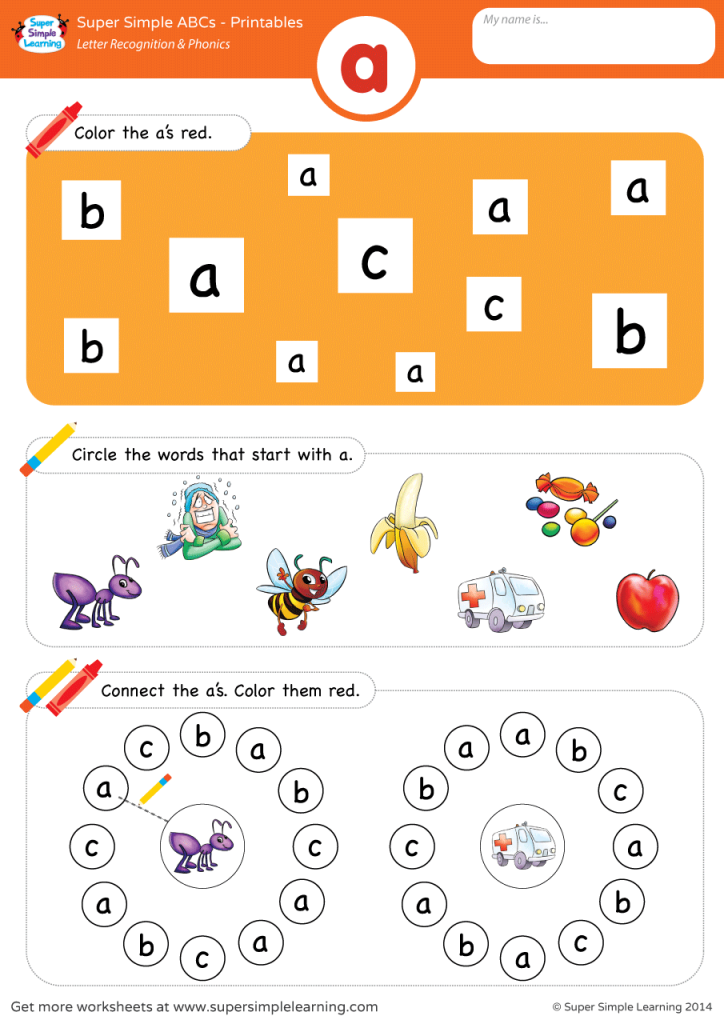
Foreign exchange gains arising in this way are recognized as non-operating income during 2022-2024 only on the date of termination (fulfillment) of the relevant claim (obligation). At the same time, the negative exchange differences arising in this way in 2022 are recognized as non-operating expenses on the last day of the current month or on the date of termination (fulfillment) of the relevant claim (obligation), depending on what happened earlier.
Reduction in 2022 of the amount of expenses recognized for the purposes of corporate income tax in the form of negative foreign exchange differences for the calculated positive foreign exchange differences for which the moment of recognition in income has not come (both cumulatively between all claims and liabilities, and cumulatively between months within the reporting (tax) period for corporate income tax), the current legislation on taxes and fees is not provided.
This item has been agreed with the Russian Ministry of Finance.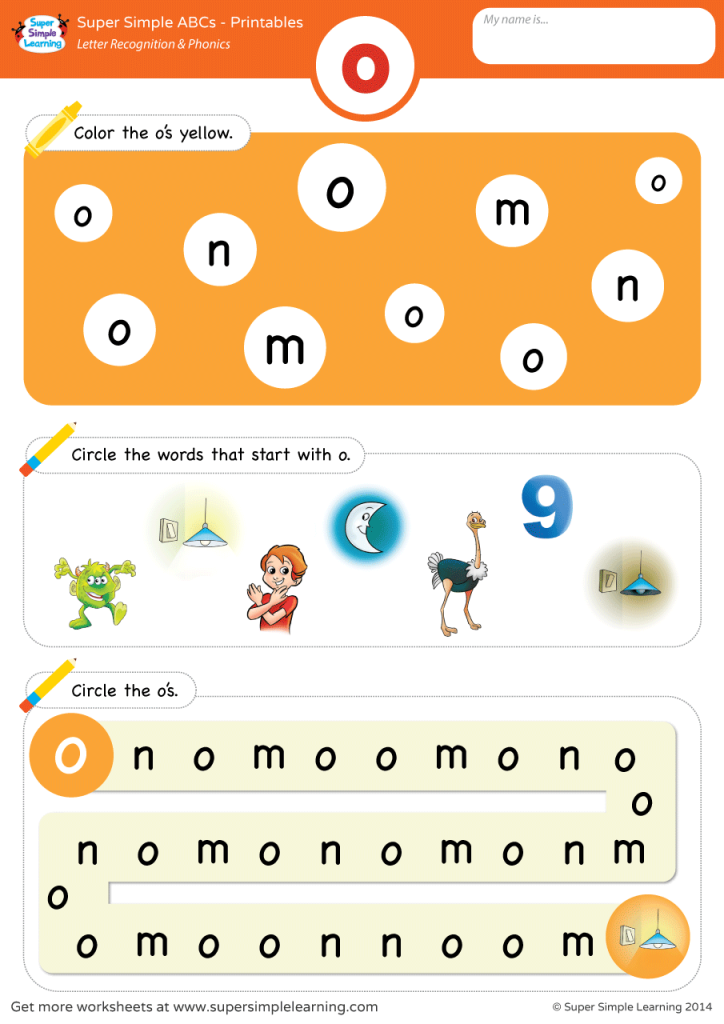
Communicate this letter to lower tax authorities and taxpayers.
Acting State Councilor
of the Russian Federation 2nd class
D.S. Satin
How to Write a Letter of Recognition (with examples) • BUOM
By Indeed Editorial Team
February 22, 2021
Thank you letters are a great way to show your appreciation for the efforts of a team member. They can also help inspire continued good work and improve overall workplace morale. Learning the steps you should take to write a thank you letter can help you create an effective letter for your own team.
In this article, we'll discuss what a confession letter is, why it's important, how to write one, and examples of confession letters to help you write your own letter.
What is a letter of recognition?
A thank you note is a message that expresses your gratitude to an employee or acknowledges their recent victory. If a letter of recognition is given to a colleague, it is usually semi-formal or informal.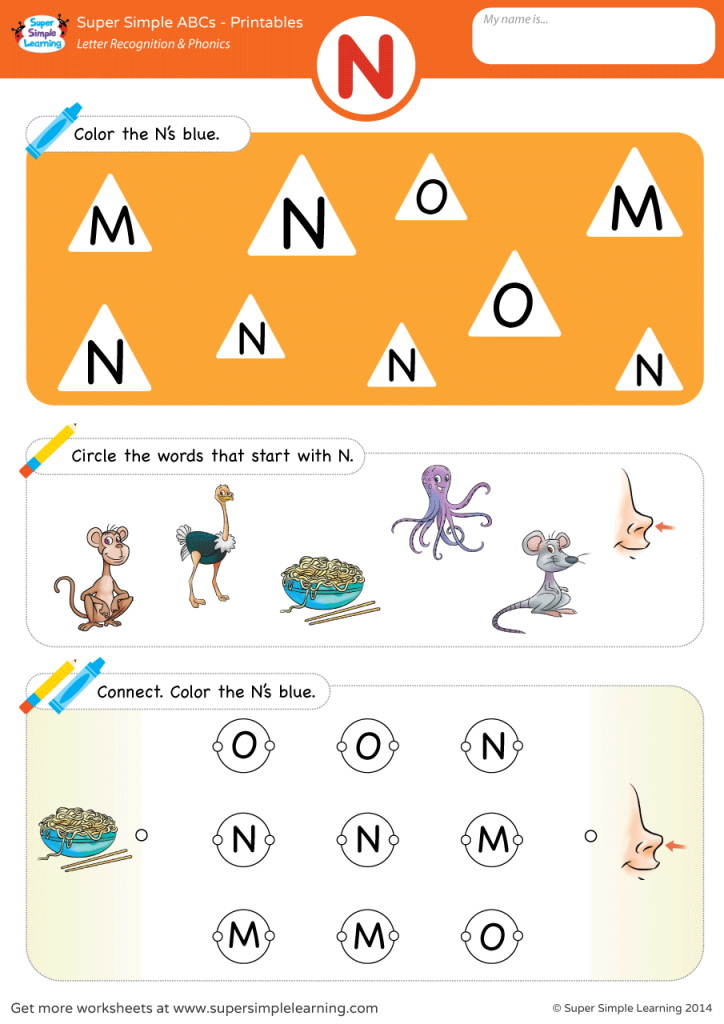 If it is from an employer or manager, they may be formal.
If it is from an employer or manager, they may be formal.
Why are recognition letters important?
Recognition is essential to building strong relationships with employees and building a healthy corporate culture. Recognizing your teammates or employees for their efforts and accomplishments helps them feel good about themselves and also encourages them to work harder in the future. This will help you convey the tremendous value they bring to the company and emphasize that their efforts have been noticed by everyone around them. Thank you letters can positively impact an employee's overall performance and even generate greater loyalty among team members, improving retention rates.
How to write a letter of recognition
Here are the main steps to follow to write a letter of recognition:
1. Determine the format you want to use
want to use when writing a letter of recognition. If you have a more formal company culture or are celebrating someone for significant accomplishments, you can print the letter.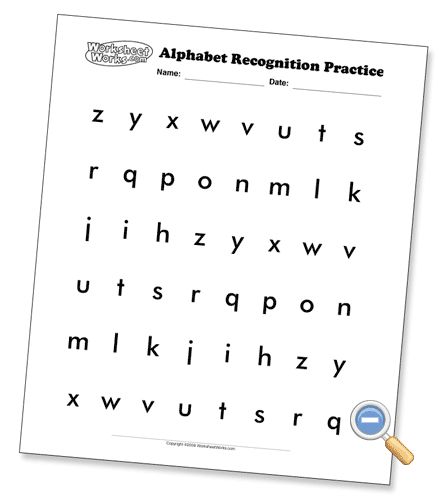 If it's less formal or you're writing to thank them for a smaller win, you can email them. If you want to create the most meaningful letter, you might want to write it by hand.
If it's less formal or you're writing to thank them for a smaller win, you can email them. If you want to create the most meaningful letter, you might want to write it by hand.
2. Add contact information
If you are writing a letter that you plan to give to a person in person, rather than an email, you should include their contact information in the upper left corner of the letter. Include their first and last name, as well as their address, phone number, and email address. If you are sending an email or writing a confession letter on a card, you can skip this step.
3. Add a greeting
The next step is to write a greeting. "Dear" is always a good choice, although you can also start with the person's first name. The specific salutation you should use ultimately depends on the level of formality of the recognition letter.
4. Write the body
The next step after the salutation is to write the body of the letter. It's best to start with a sentence expressing your gratitude or appreciation for the employee's efforts.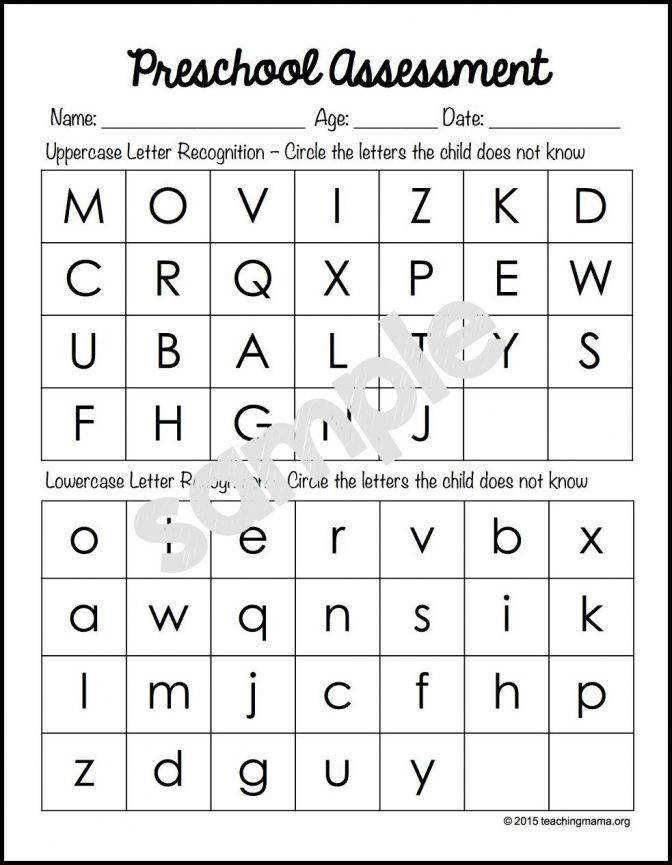 Give as much detail as possible about specific examples of the contributions they have made. If you're writing them a letter of recognition for a specific event or achievement, share details about why their performance was exceptional.
Give as much detail as possible about specific examples of the contributions they have made. If you're writing them a letter of recognition for a specific event or achievement, share details about why their performance was exceptional.
5. Write a conclusion
The last step is to write your opinion. The best conclusion is one that summarizes or repeats previous thoughts expressed in the letter. If you plan to reward their work in some way, you can share this information in the conclusion.
6. Add a closing phrase
After writing the conclusion, the last step is to add a closing phrase to the letter. Some possible closing phrases you can use include:
-
Sincerely
-
with gratitude to
-
Sincerely
-
with gratitude
-
Pay you again
after the science of
- 36 9000) After the science of
- 3 If you are typing a letter, leave space for your signature above the printed name.
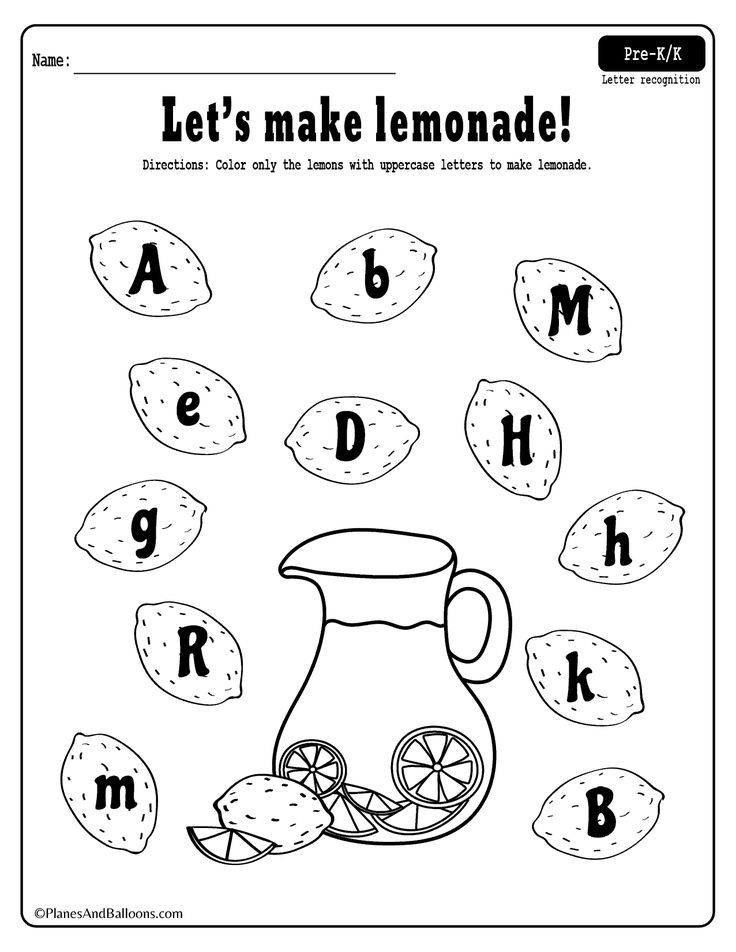
7. Correct the letter
The next step is to check your letter. Watch carefully for any typos or grammatical errors. Also check the tone and consider whether the letter accurately expresses your feelings of appreciation. If it reads well, it will make a better impression on the person you're sending it to.
Sample letter of recognition
Here is a template you can use to create a letter of recognition for yourself:
[Employee name]
[Employee address]
[Employee phone number]
[Email address]
[ Date][Your name]
[Company name]
[Company address]
dear [name],
I wanted to write and let you know how much I appreciate the extra effort you put into [project/event ]. [Describe in detail the contribution that the employee made, expressing your appreciation for their efforts.]
Thanks again for all your efforts. I'm looking forward to see what you do next.
Appreciated,
[Name]
Sample Letters of Recognition
Here are some sample letters of recognition to help you create your own:
Sample 1
Jessica,
Thank you for all the effort you put in for the redesign of the Erikson Engineering website.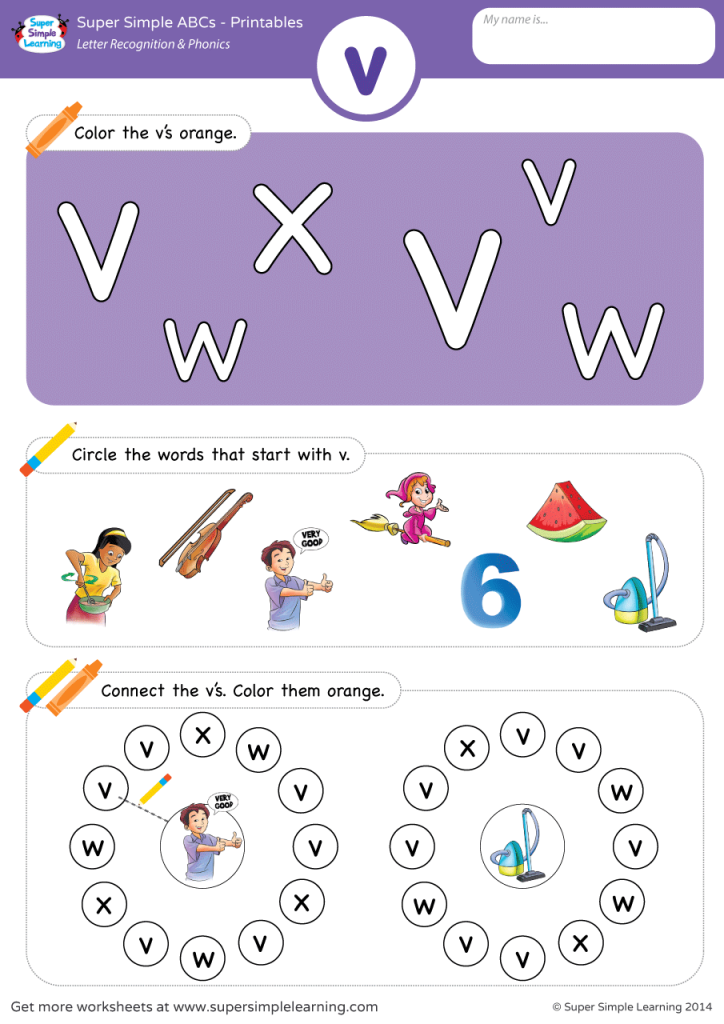 The client wanted to completely redesign the website in a very short amount of time and I noticed how hard you worked to make this happen, staying late and occasionally working weekends.
The client wanted to completely redesign the website in a very short amount of time and I noticed how hard you worked to make this happen, staying late and occasionally working weekends.
Your outstanding performance and unrivaled work ethic will take you far in this company.
Great Job,
Isaac
Case Study 2
Jason,
Congratulations on the great success you have achieved this year by winning the best seller award.
Every year we present an award to the best seller, and there was no doubt who we would give it to this year. This year, you've gone above and beyond by getting the job done with new leads and showing great patience with those people to turn them into sales. You also went above and beyond in the office, taking the time to mentor team members and offer your support when asked.
You are a real leader in our team, and I even see your promotion in the near future.
To your future success,
Aaron
Example 3
Lydia,
I wanted you to know how much I appreciate the help and support you offer to our entire team.